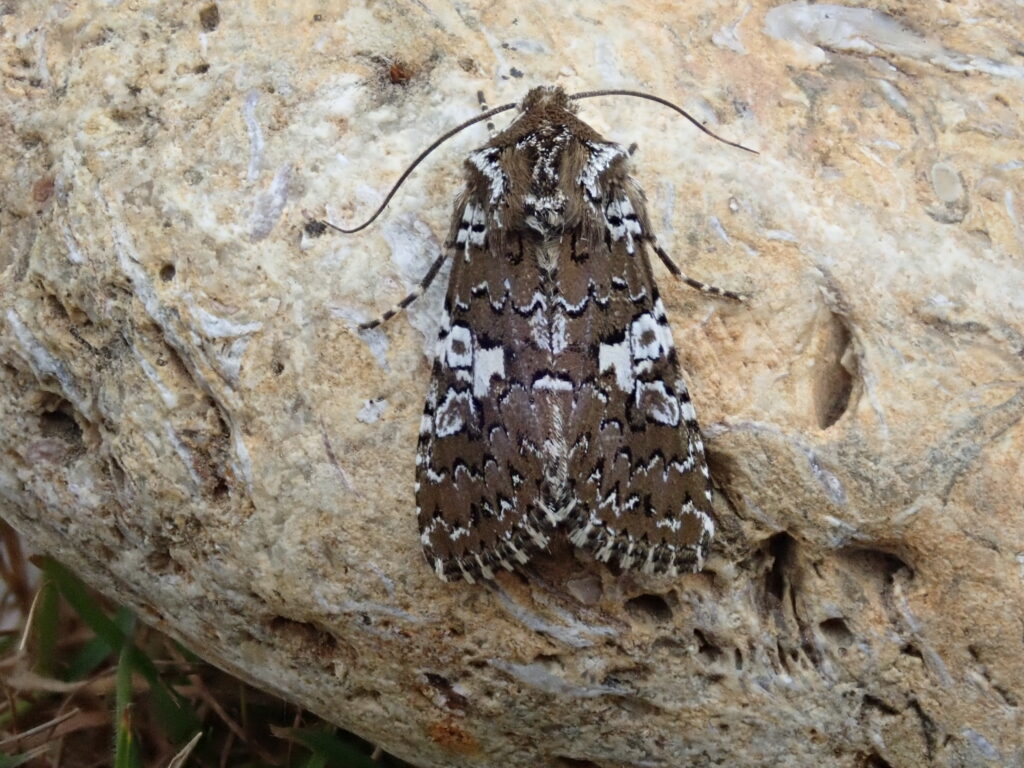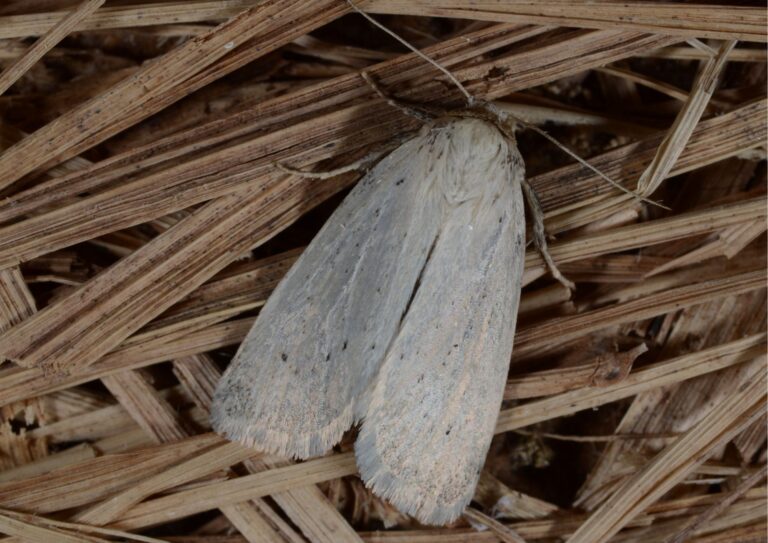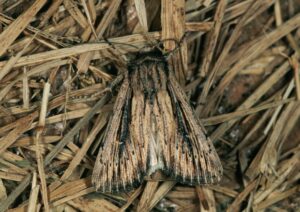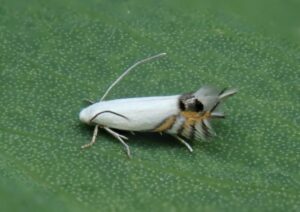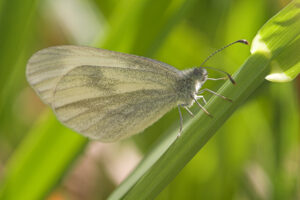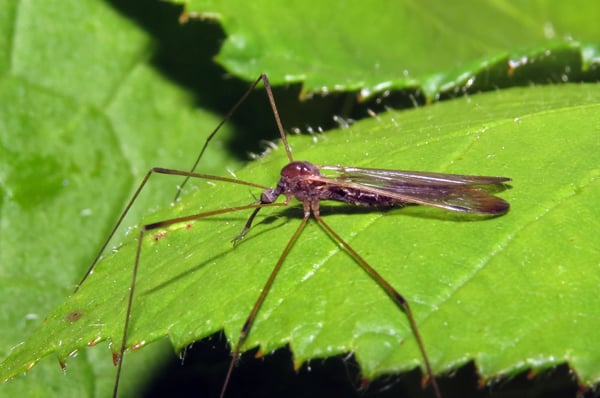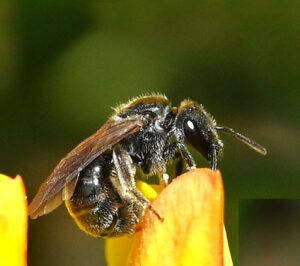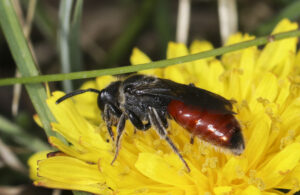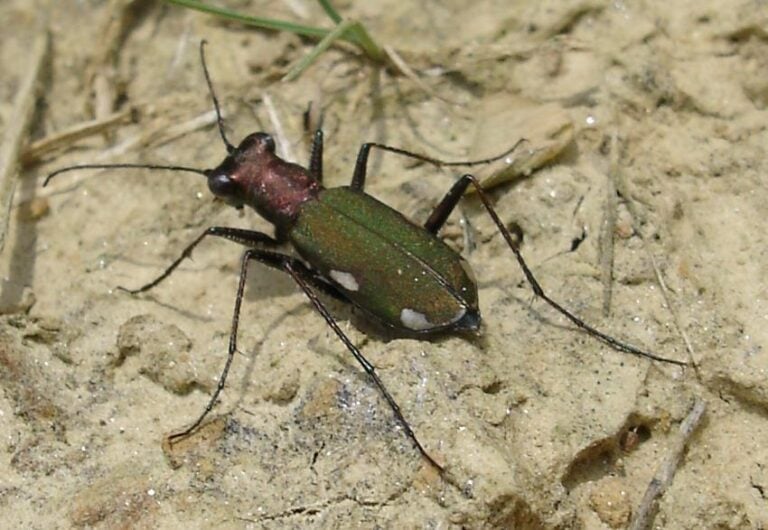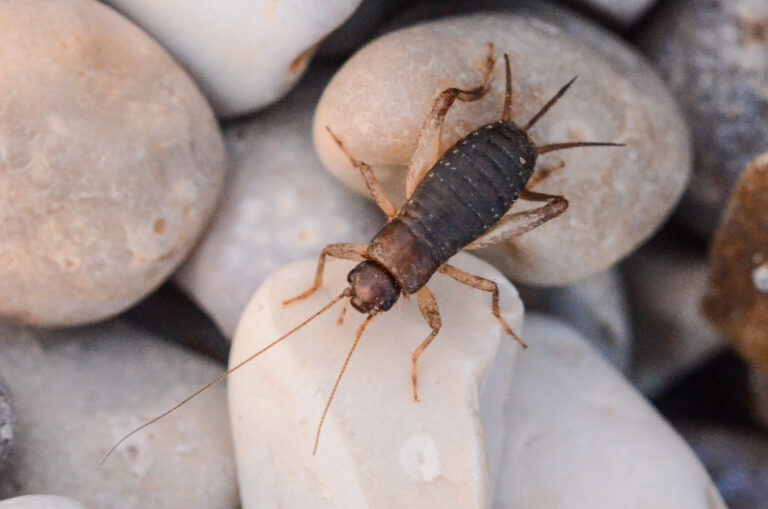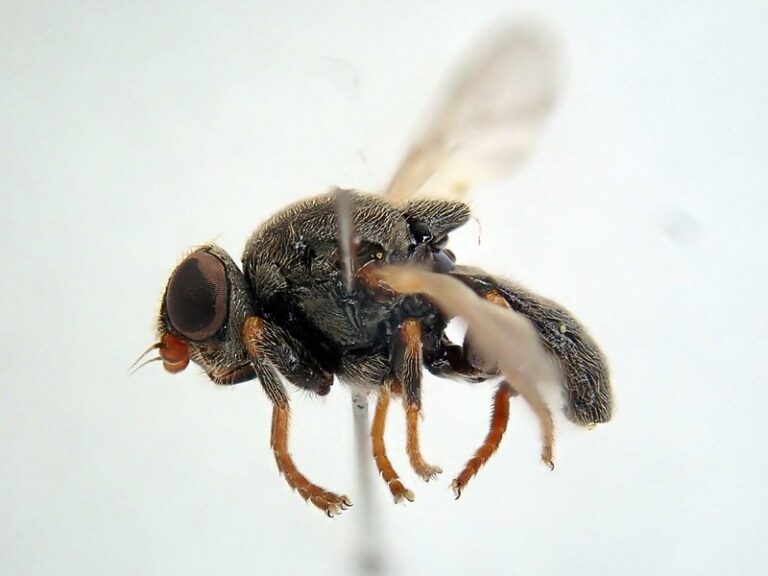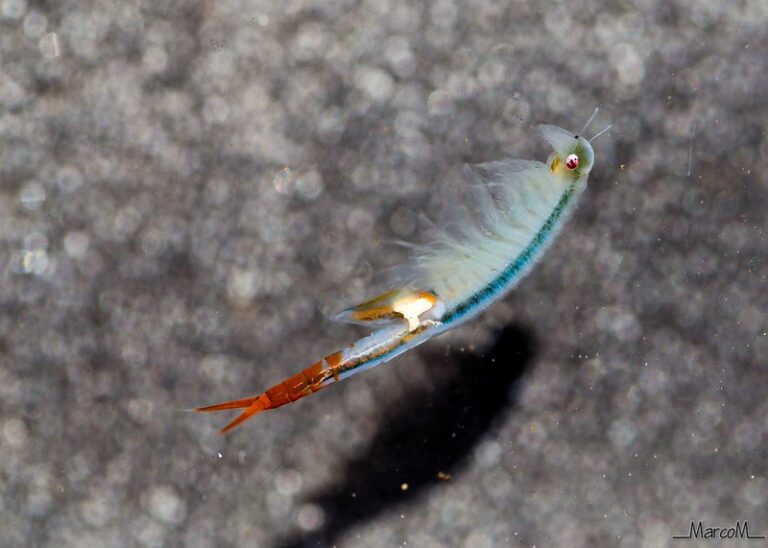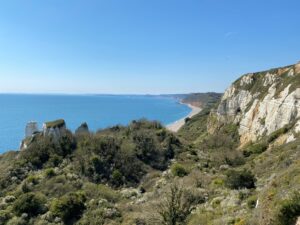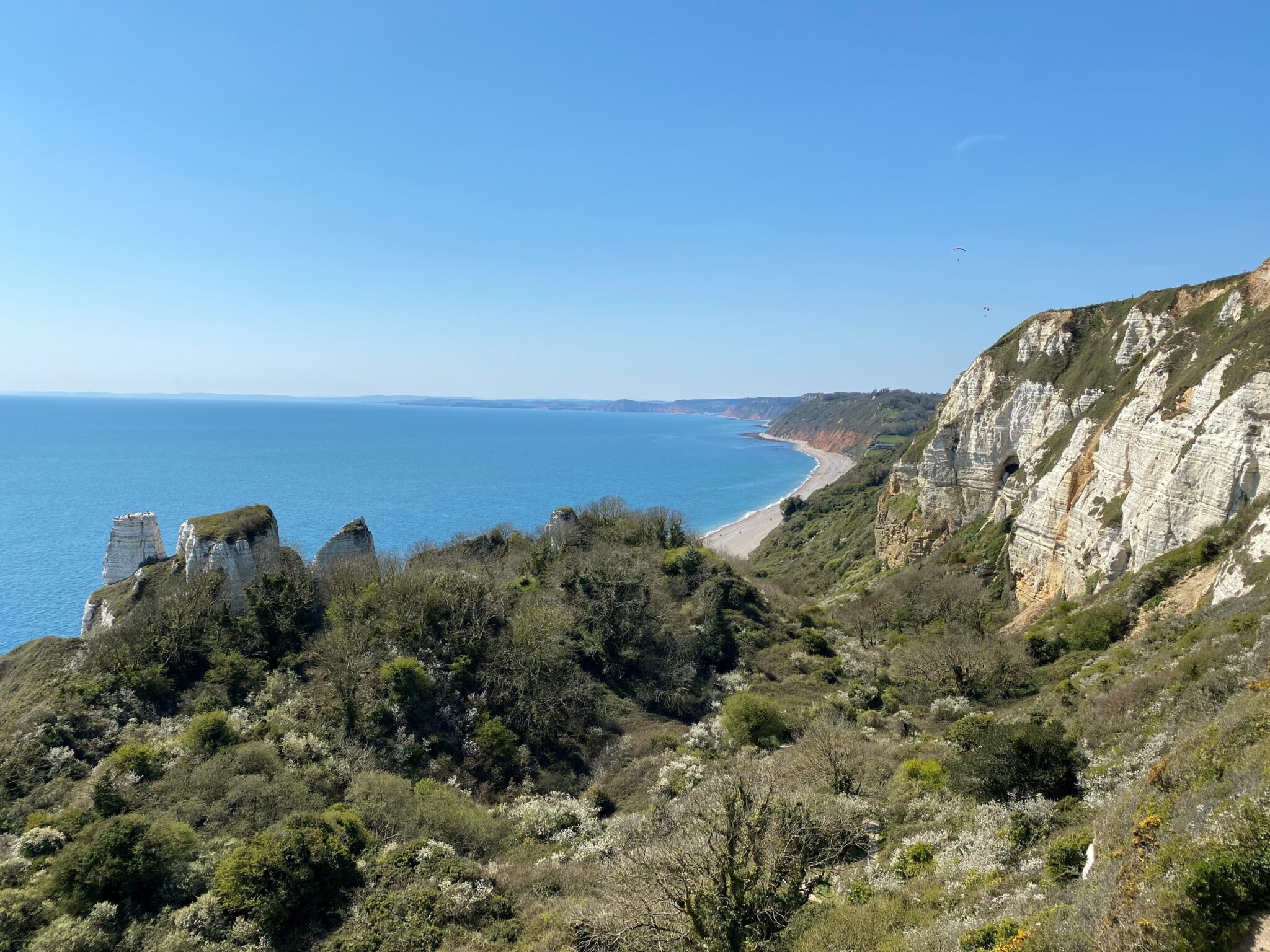The unstable cliffs between Sidmouth and the Dorset border are one of the most remarkable areas for invertebrates in the UK, as well as in Devon. They support many threatened species including groups such as flies, moths and beetles that are often overlooked. There are several reasons why this area is an invertebrateAn animal that doesn't have a backbone, such as insects, spiders, worms, crabs and slugs. More hotspot:
Unstable cliffs: The cliffs are some of the most active in Europe and are continuously being reshaped by erosion, slumping and crumbling. The resulting unstable slopes and cliffs are known as undercliffs. Constant bare ground is crucial for species like furrow bees, which burrow and nest in it. Other species depend on the vegetation that quickly colonizes these newly exposed areas.
Seepages: Many species (especially rare flies) rely on the wet areas that run along the cliffs, including calcareous springs, seepages, streams and patches of fen. These features often appear on unstable slopes. Frequent landslips prevent the habitats being lost to scrub growth and create new ones.
Geology and soils: This stretch of coast has a unique geology with a mosaic of chalk, limestone and mudstone cliffs.
Diverse habitats: The physical features of this stretch of coast form a dynamic mosaic of habitats. These include scrub and flower-rich grasslands (on the cliff tops and slumped cliffs), wetlands, bare cliffs and shingle beaches divided by wooded stream valleys (coombes). This mosaic of habitats supports a remarkable diversity of rare invertebrates in a relatively small area.
The undercliffs are designated as SSSISite of Special Scientific Interest More and are within the Sidmouth to West Bay SACSpecial Area of Conservation More. Part of this area is designated as the Axmouth to Lyme Regis National Nature Reserve (see the LNRS Viewer). They also lie in the Jurassic Coast World Heritage Site.
This group brings together xx Devon Special SpeciesDevon Species of Conservation Concern which have been 'shortlisted' as needing particular action or attention (rather than being iconic species). More that need broadly similar habitat but often very different microhabitats. Many of the species in this group are not listed on the SSSI citation. They may also rely on habitats which lie outside the SSSI.
Other Devon Species of Conservation Concern found along this stretch of coast include the rufous grasshopper and Nottingham catchfly plant, both chalk grassland species.


